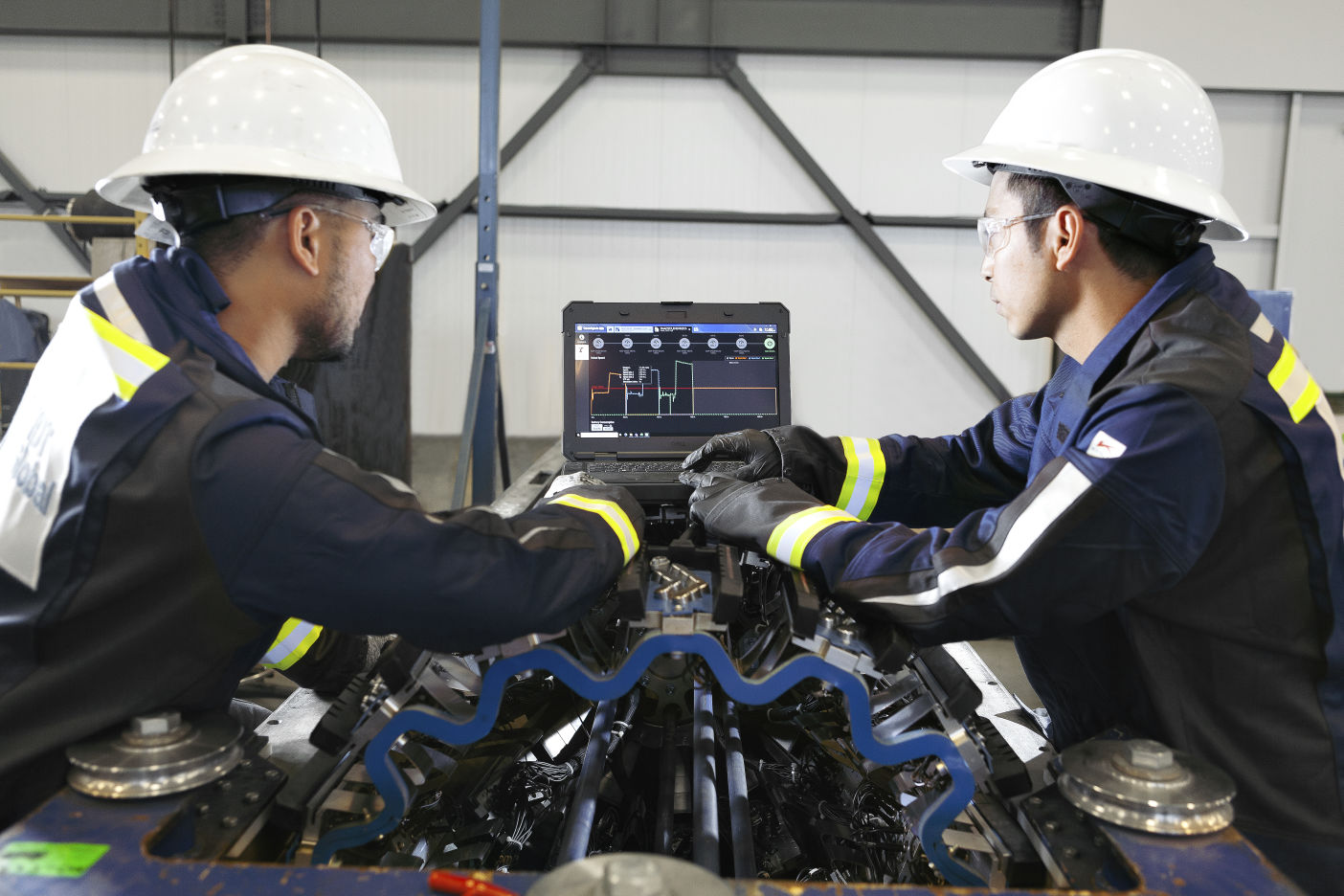Author: Ryan Sikes, Key Account Manager, NDT Global
When identifying the best pipeline inspection solution, there are always costs involved. So when it comes to choosing the right service, operators frequently seek options that deliver immediate results. By choosing a hydrostatic test as an option, operators can receive those direct results by pressurizing their pipeline and rupturing certain sections where the at-risk anomalies transpire. But shutting down a pipeline to perform a hydrostatic test is costly – repairing the pipeline, dewatering the pipeline and then resuming operations – and there are several factors that an operator must consider; and while these factors may cause concern, they do not come close to the "unknown" risk involved. These unknown aspects can be the most detrimental to a pipeline's lifespan and the environment in which it lives.
The premise of Hydrostatic testing is destructive in nature, pressurizing the pipeline to the maximum limit, forcing any defect that might possibly fail under normal operation to fail. However, what should be considered is the stress that is placed on the pipeline and the defects that do not fail – but have now grown exponentially.
Additionally, hydrostatic testing causes the pipeline to rupture wherever it fails; whether under a highway, next to a bridge, or in any other location. The unknown of where this rupture occurs can entail both danger to its surroundings, along with downtime for repairs. Fortunately, NDT Global has created a solution that can now detect and size most critical flaws, while simultaneously eliminating the operational impacts of hydrotesting.
Customizing a solution with the operator as our partner
One of our key customers came to us with a need: develop an Inline Inspection (ILI) solution that would replace hydrostatic testing for two of their vintage LFERW pipelines.
To confirm our hypothesis that hydrostatic testing does in fact grow features, we performed an Inline Inspection using our Ultrasonic Crack tool both before and after a hydrotest, the results were surprising; not only were we able to identify clear growth of crack-like defects that did not fail during the hydrotest, but we were also able to predict with a level of certainty which defects would fail during hydrotest.
In order to develop an inline inspection solution that would replace hydrotest, we first needed to identify and address defects that were not able to be accurately detected and sized with current ILI technologies, such as tilted and skewed crack-like defects, namely hook cracks.
Through research and testing, we set out to develop the next-generation of crack detection technology, Eclipse UCx, which uses a tool to size crack-like anomalies with complex geometries (e.g. hook cracks) that are typically unsized using conventional crack detection technologies. This advancement in ultrasonic crack detection has become imperative to further innovate the inline inspection industry, but moreover, it now provides operators the true means to enhance their integrity management program in a safe way.
Eclipse ultrasonic crack detection advances the industry
While our other ultrasonic crack detection solutions are accurate in detecting and sizing most cracks, complex crack-like features such as hook and tilted cracks are hard to size. This is because in previous ultrasonic technology generations, the tool fires a signal at a specific angle, hindering cracks of different physical profiles from being correctly detected and sized. With an Eclipse UCx solution, we have advanced the technology and sensor arrangement which allows our data teams to analyze information with more depth and, in turn, provide operators greater insight into the anomalies that were previously 'hard-to-detect-and-size.'
Technology behind Eclipse ultrasonic crack detection
Eclipse UCx has become a groundbreaking technological advancement that currently cannot be matched. As the tool moves through the pipeline, two signals are recorded instead of one, and they work congruently to record detailed information. One signal is released and bounces back to the sensor (A), at the same time, part of the signal that was not shaded by the feature continues to travel in the steel and is recorded by a second sensor (B). This unique sensor arrangement collects extremely detailed information that our data analysis teams can optimize, providing them even more information to work with when providing insight to operators.
With advanced crack technology such as Eclipse UCx, operators have an advanced ILI technological solution that, in conjunction with other components from the integrity management program, can allow the replacement of hydrostatic testing eliminating the operational impacts and costs associated with hydrostatic testing methods.
Eclipse UCx is a solution that is only becoming more precise as the technology advances, and with the ability to accurately detect and size injurious cracks, operators are able to sustain the longevity of their pipelines, enhance their integrity management programs, and ensure they're making the best decisions possible.

